Mexican Petunias: The Perfect Companion Plants
Mexican Petunias: The Perfect Companion Plants
Mexican petunias (Ruellia brittoniana) are a beautiful and versatile plant that can add a touch of color to any garden. They are also relatively easy to care for, making them a great choice for beginner gardeners.
One of the best things about Mexican petunias is that they can be grown as companion plants with a variety of other plants. This can help to improve the overall health and appearance of your garden, as well as attract beneficial insects.
In this blog post, we will discuss some of the best companion plants for Mexican petunias. We will also provide some tips on how to choose the right companion plants for your specific garden.
Benefits of Companion Planting
There are many benefits to companion planting, including:
- Increased pollination: Companion plants can attract beneficial insects, such as bees and butterflies, which help to pollinate other plants in your garden.
- Improved pest control: Some companion plants can help to repel pests, such as aphids and spider mites.
- Increased biodiversity: Companion planting can help to increase the biodiversity of your garden, which can make it more resilient to pests and diseases.
- Enhanced beauty: Companion plants can be used to create beautiful and colorful combinations in your garden.
Choosing Companion Plants for Mexican Petunias
When choosing companion plants for Mexican petunias, there are a few things to keep in mind:
- Sunlight requirements: Mexican petunias need full sun, so it is important to choose companion plants that also require full sun.
- Water requirements: Mexican petunias are drought-tolerant, so companion plants should also be drought-tolerant.
- Soil type: Mexican petunias prefer well-drained soil, so companion plants should also prefer well-drained soil.
- Height: Consider the height of the Mexican petunias and the companion plants when choosing plants. You want to create a balanced look in your garden.
- Color: Consider the colors of the Mexican petunias and the companion plants when choosing plants. You want to create a complementary look in your garden.
Some of the Best Companion Plants for Mexican Petunias
Here are some of the best companion plants for Mexican petunias:
- Lavender: Lavender is a beautiful and fragrant plant that can help to repel pests. It also blooms at the same time as Mexican petunias, so they will look great together.
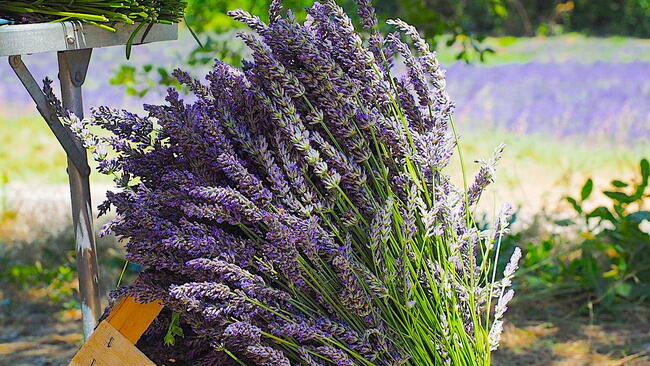
- Marigolds: Marigolds are another great companion plant for Mexican petunias. They help to repel pests and diseases, and they also add a splash of color to your garden.

- Salvia: Salvia is a drought-tolerant plant that blooms in a variety of colors. It makes a great companion plant for Mexican petunias because it attracts beneficial insects.
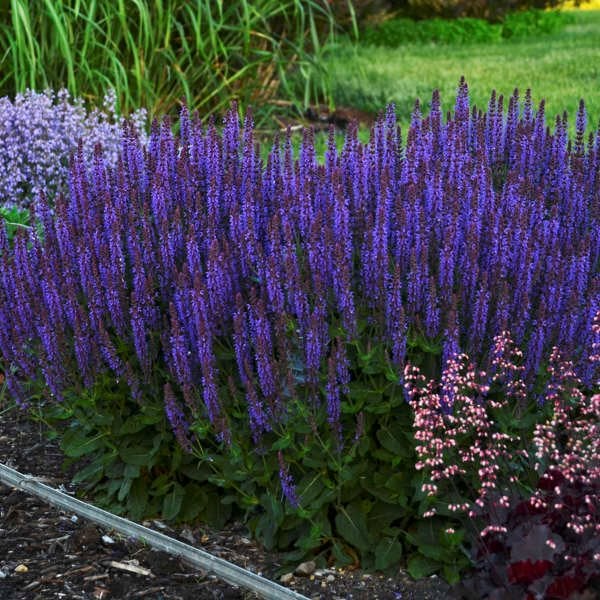
- Zinnia: Zinnias are a colorful and easy-to-grow plant that blooms in the summer. They make a great companion plant for Mexican petunias because they have similar water and sunlight requirements.
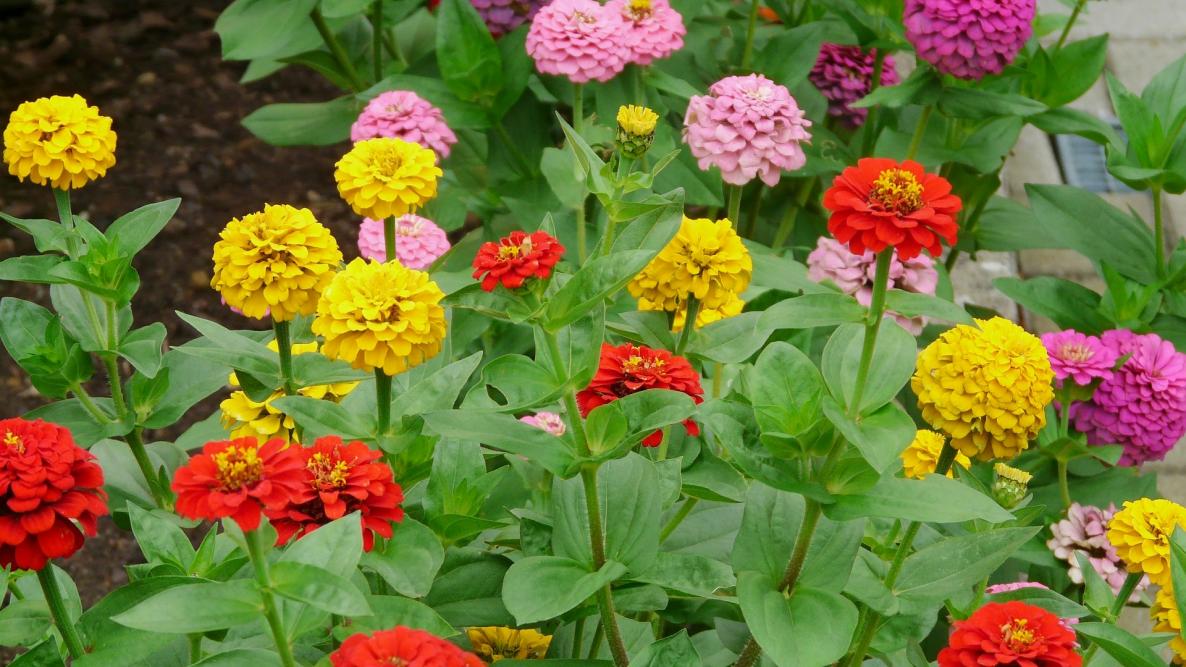
- Coneflower: Coneflower is a tall and stately plant that blooms in the summer. It makes a great companion plant for Mexican petunias because it attracts beneficial insects.
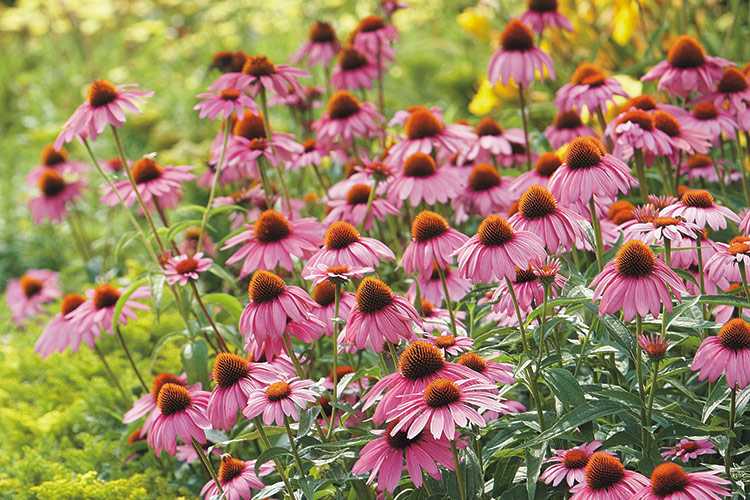
Conclusion
Mexican petunias are a beautiful and versatile plant that can add a touch of color to any garden. They are also relatively easy to care for, making them a great choice for beginner gardeners.
By choosing the right companion plants for your Mexican petunias, you can improve the overall health and appearance of your garden, as well as attract beneficial insects.
Mexican petunias are beautiful flowers that can add a splash of color to any garden. But did you know that they can also benefit from being planted with certain companion plants?
Companion plants are plants that grow well together and can even help each other thrive. For example, Mexican petunias can benefit from being planted with plants that attract pollinators, such as butterflies and bees. These pollinators will help to pollinate the Mexican petunias, which will lead to more flowers and a longer blooming season.
Other companion plants that can work well with Mexican petunias include:
- Purple fountain grass
- Marguerite sweet potato vines
- Blue star creeper
- Firebush
- Yaupon holly
- Blackberry iris
- Copper plant
- Gold mound
If you're looking for more information about Mexican petunia companion plants, I recommend visiting Gardenia Inspiration. This website has a comprehensive list of companion plants for Mexican petunias, as well as tips on how to plant and care for these beautiful flowers.
FAQ of mexican petunia companion plants
Q: What are some good companion plants for Mexican petunias?
A: Mexican petunias are a versatile plant that can be paired with a variety of other plants. Some good companion plants include:
- Salvias: Salvias are another sun-loving plant that will complement the color of Mexican petunias. They also attract butterflies and hummingbirds.
- Lavender: Lavender is a drought-tolerant plant that will help to keep the soil around Mexican petunias moist. It also has a pleasant fragrance that will deter pests.

- Zinnias: Zinnias are a colorful annual that will bloom all summer long. They are also a good choice for attracting butterflies and hummingbirds.
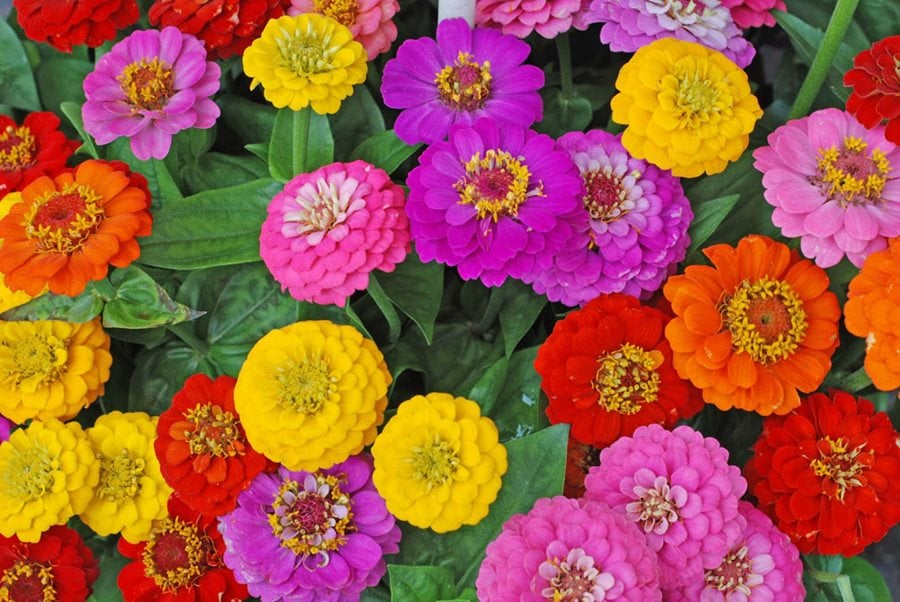
- Cosmos: Cosmos are another colorful annual that is easy to care for. They are also a good choice for attracting butterflies and hummingbirds.
- Coneflowers: Coneflowers are a hardy perennial that will bloom all summer long. They are also a good choice for attracting butterflies and other pollinators.

Q: What are some plants that should not be planted near Mexican petunias?
A: There are a few plants that should not be planted near Mexican petunias, as they can compete for water and nutrients. These plants include:
- Marigolds: Marigolds are a heavy feeder, and they can crowd out Mexican petunias.

- Petunias: Petunias are a similar plant to Mexican petunias, and they can compete for water and nutrients.
- Geraniums: Geraniums are another heavy feeder, and they can crowd out Mexican petunias.
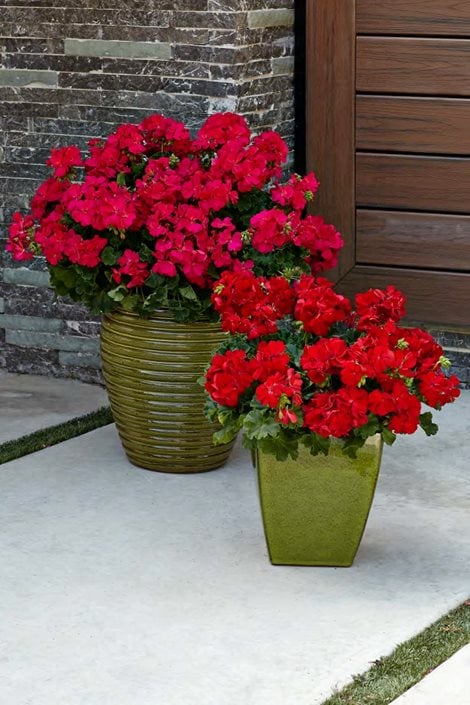
Q: What is the best soil for Mexican petunias?
A: Mexican petunias prefer medium to wet soil that is fertile, well-drained, and flowers best in full sun. If you are planting Mexican petunias in a pot, be sure to use a potting mix that is specifically designed for flowers.
Q: How much water do Mexican petunias need?
A: Mexican petunias need regular watering, especially during hot, dry weather. Be sure to water the soil deeply, so that the water reaches the roots.
Q: How do I deadhead Mexican petunias?
A: Deadheading is the process of removing spent blooms. This will encourage Mexican petunias to continue blooming. To deadhead Mexican petunias, simply pinch off the spent blooms with your fingers.
Image of mexican petunia companion plants
5 different images of "mexican petunia companion plants" from pinterest.com:
Purple fountain grass is a tall, ornamental grass that adds height and texture to a garden. Its purple leaves complement the blue flowers of Mexican petunias, and the two plants can be planted together in a border or container.
Marguerite sweet potato vines are a fast-growing vine with bright chartreuse foliage. They can be planted in front of Mexican petunias to add contrast and interest. The two plants also have similar growing requirements, so they are a good choice for companion planting.
Dwarf firebush is a small shrub with bright orange flowers. It blooms from spring to fall, and it can be planted in front of Mexican petunias to add a pop of color. The two plants have similar growing requirements, so they are a good choice for companion planting.
Blackberry iris is a tall, ornamental grass with purple flowers. It blooms in late spring to early summer, and it can be planted in front of Mexican petunias to add height and contrast. The two plants have similar growing requirements, so they are a good choice for companion planting.
Copper plant is a succulent with copper-colored leaves. It is a low-maintenance plant that is drought-tolerant. It can be planted in front of Mexican petunias to add contrast and interest. The two plants have similar growing requirements, so they are a good choice for companion planting.
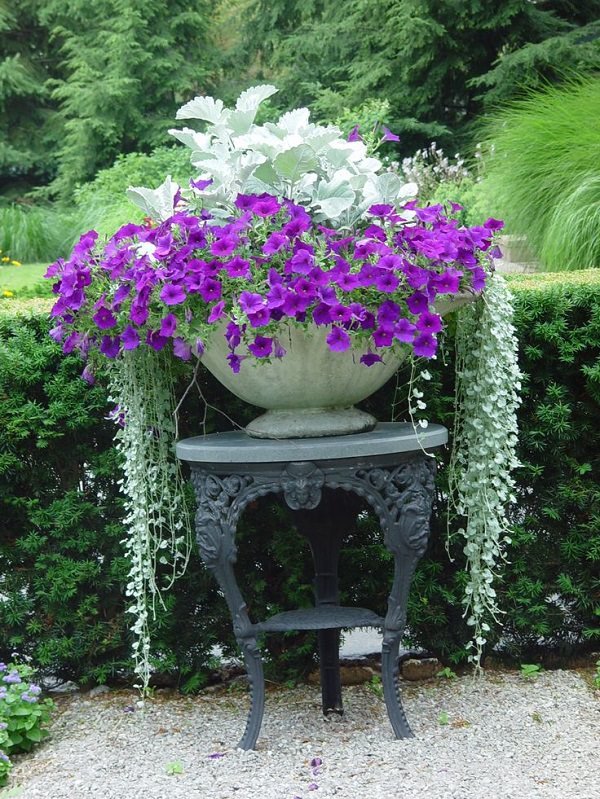
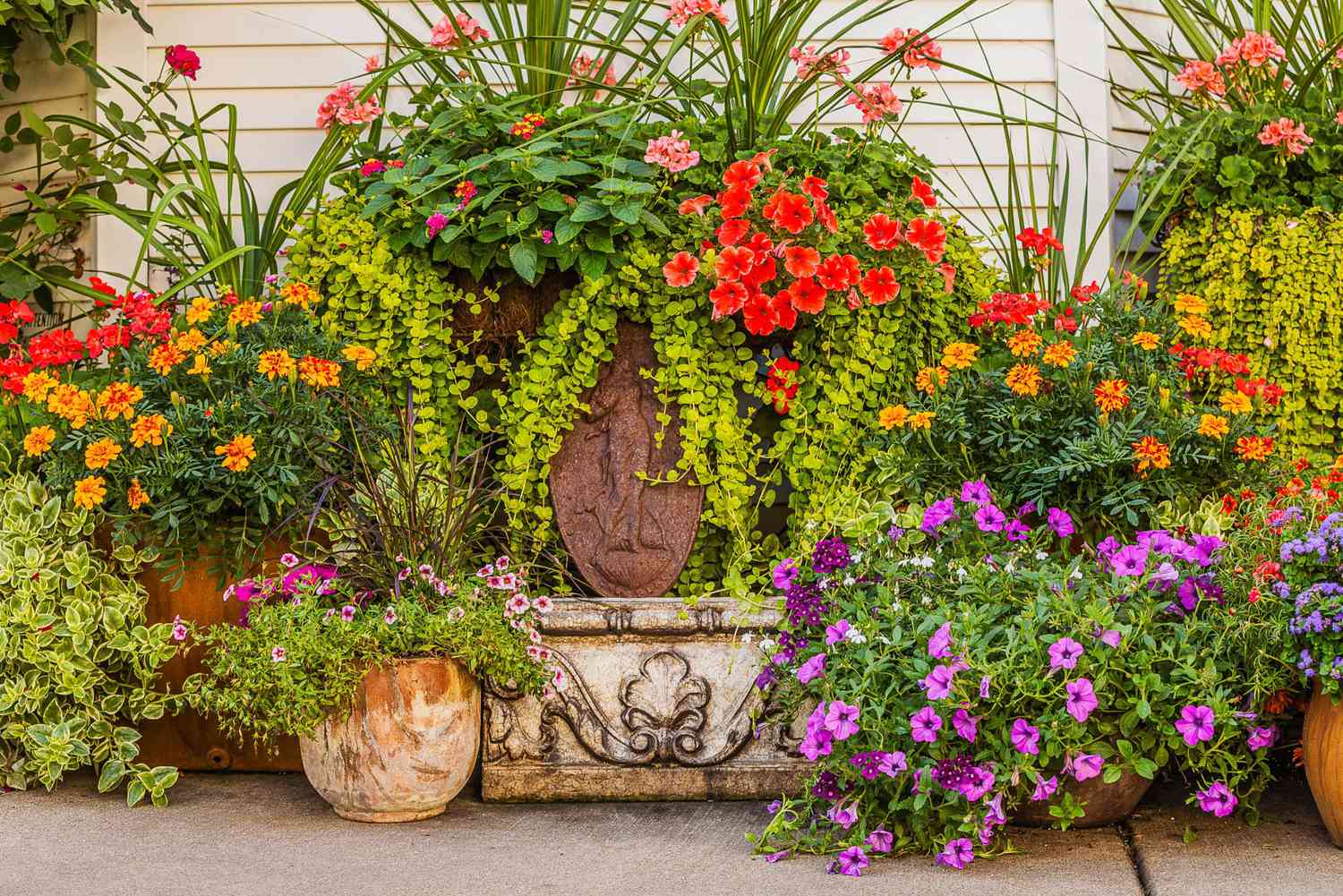

Post a Comment for "Mexican Petunias: The Perfect Companion Plants"